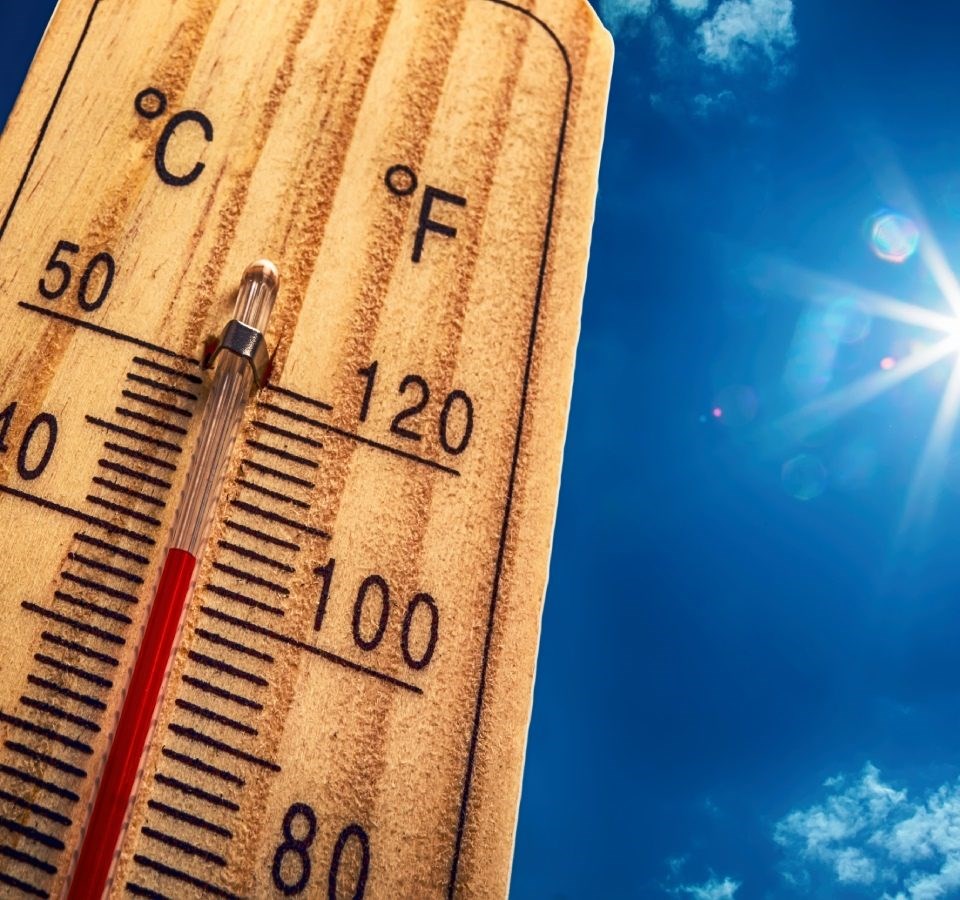Scorching temperatures can’t keep people from North Texas’s many summer events. Hours of fun in the sun are great, but heat-related illnesses can strike the unwary.
Addison Deputy Fire Chief CJ Alexander operates the Event Action Plans for Addison Circle events, including the July 4th Kaboom Town fireworks show that draws hundreds of thousands of people each year. He and Addison Fire Chief David Jones shared their advice about the heat-related illness cases they see at Addison Circle’s massive outdoor events.
While they do get some calls outside of events for heat-related illnesses, Addison Fire Deputy Chief CJ Alexander says they mostly see them during outdoor events. “We get a handful of heat-related cases each year, but the majority come from mass outdoor gatherings. We get a few people each day of an event that need to take some time to cool off.”
According to the CDC, sweating heavily and having cold, clammy skin can be signs of heat exhaustion. For most cases, a person can recover by cooling down out of the sun. Addison Fire Chief David Jones points out that Kaboom Town provides cooling stations and a misting tent for public use. Before attending an event, check the venue for any amenities that can help patrons get out of the sun.
If a person’s heat exhaustion symptoms worsen, however, they could be heaving a heat stroke. Heat stroke and heat exhaustion have some similar symptoms: headache, nausea, and confusion. Heat stroke differs with symptoms that include a body temperature greater than 102°F and hot, red skin. If that happens, seek medical attention immediately.
“We have two first aid tents that are mostly for workers or people who need medical assistance,” says Deputy Chief Alexander. “If someone comes in and looks like they need help, we take them to a building close by that’s cool. We look at them there and treat them according to our medical protocols. Most of the time a good cooling down helps, but that building is where we’ll transport them to a medical facility if they need it.”
An ambulance ride due to heat stroke isn’t a great way to end an outdoor event, but heat-related illnesses are preventable with a little attention. “I think people don’t realize how long a day it’s going to be,” Chief Jones says. “Most people trickle in around 2 PM and can stay until 10 PM. That’s a lot of hours to be out, especially if you’ve been drinking alcohol all day. In the heat of the day, once it gets to be 5 or 6 o’clock, that’s where we’ll have a problem.”
If you are going to be out that long, Chief Jones encourages people to wear loose, comfortable clothing. “Don’t wear something that’s tight and restrictive that will make you get hot. Hats are good for keeping the sun off your head. And, of course, hydrate.”
While heat-related illness is a concern that inevitably strikes some event attendees, Chief Jones doesn’t want that to stop people from coming out and having fun. “We just want people to take care of themselves so they can come out and have a good time!”
Let’s drink (water) to that.
For a full list of heat-related illnesses, symptoms and treatments, visit CDC’s website here.




